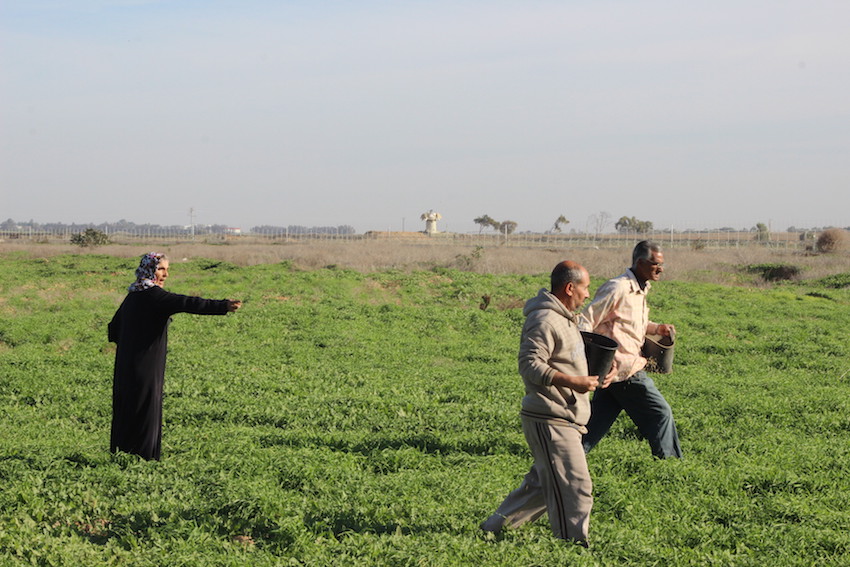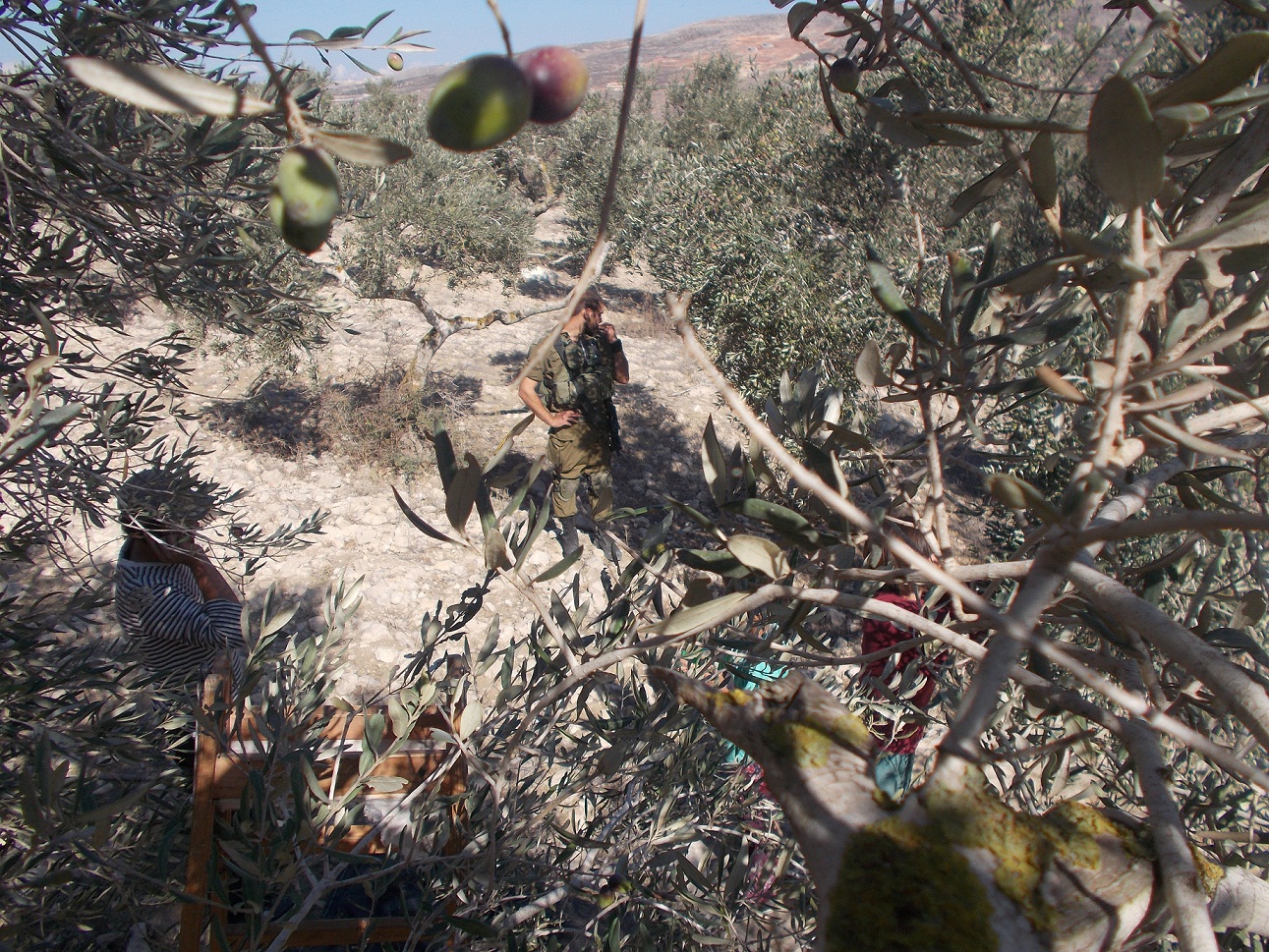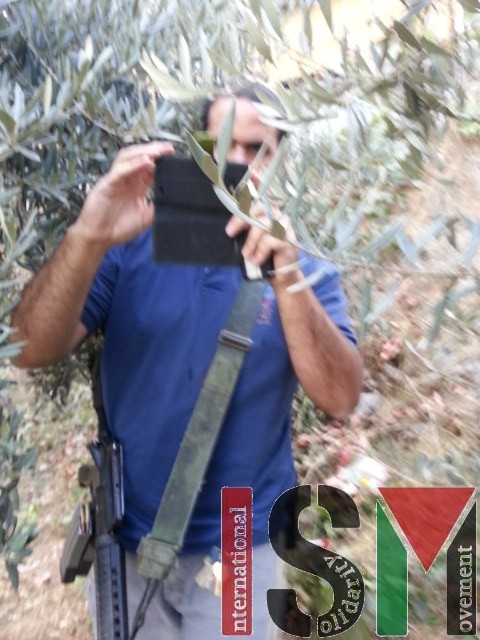Tag: Farmers
-
In Gaza, Israeli Forces brutally stop farmers from working on land
November 27th, 2015 | International Solidarity Movement, Gaza team | Khuzaa, Gaza strip, Occupied Palestine In Gaza, farmers should have started to plant wheat almost a month ago. However, in Khuzaa, a village close to Khan Younis, farmers who own land near the fence have not been able to start, as they don’t have the…
-
Burin farmers once again prevented from picking their olives
1st November 2015 | International Solidarity Movement, Huwarra Team | Burin, occupied Palestine Yesterday, the 31st of October, close to the end of this year’s annual olive harvest, another family of farmers in the village of Burin, near Nablus in the northern West Bank, were again prevented from picking their olives by the Israeli army…
-
Al-Khalil (Hebron) settlers disrupt Palestinian family’s harvest
19th October 2015 | International Solidarity Movement, Al-Khalil team | West Bank, occupied Palestine Recently weakened by heart attack and subsequent surgery, Hashem made his way slowly down the hill from his home in the Tel Rumeida section of al-Khalil to meet with the group of internationals from whom he requested assistance in picking what…



